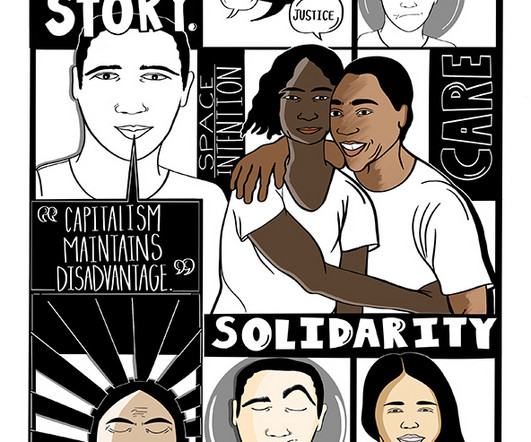Nonprofits as Battlegrounds for Democracy
NonProfit Quarterly
MARCH 20, 2023
While the title of the book might belie the scope of inquiry, Dunning makes the case that using nonprofits as a “tool for addressing urban problems” has led to a form of “urban governance” that uses private organizations to fulfill public, democratic rights. And over time, private foundations emerged and issued grants in a similar way.














Let's personalize your content